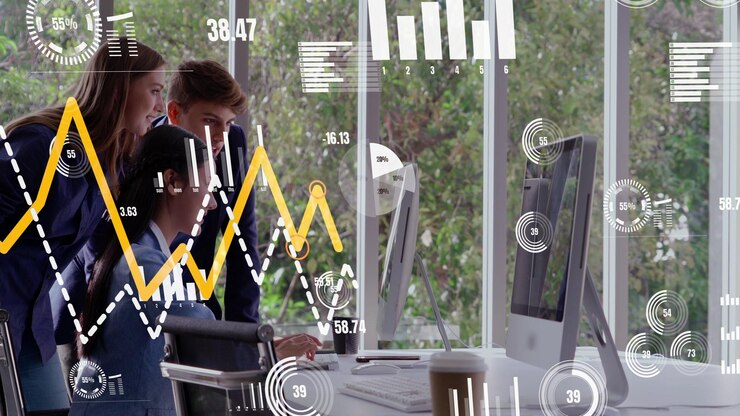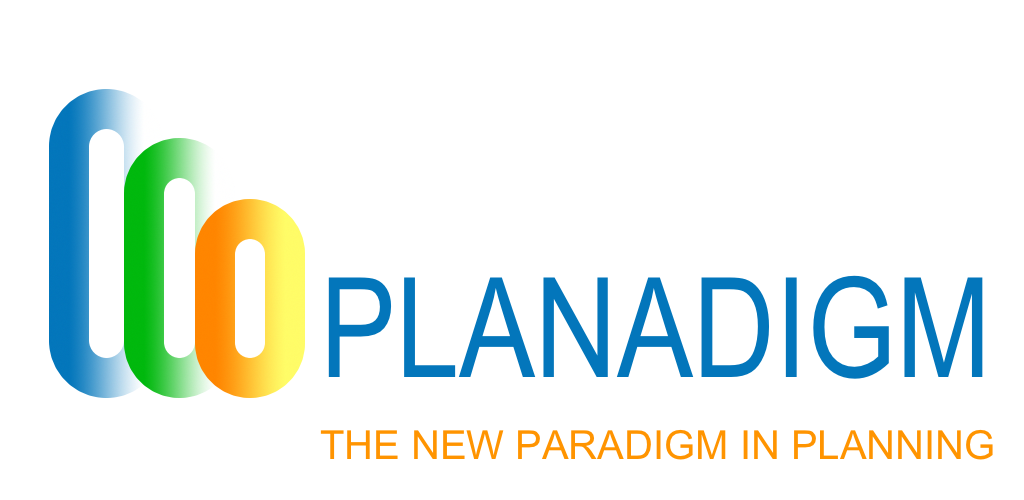Scenario Planning for Supply Chain Resilience in a Disrupted World
How scenario planning equips planners and executives for the unexpected
Introduction
In today’s interconnected world, resilience isn’t just a buzzword — it’s a requirement. From pandemics to geopolitical conflict, from free trade to protectionism, global supply chains have endured more disruption in the past five years than in the previous twenty. Supply chains are impacted by changes that can happen anywhere: local as well as global. As a company, you have to take this global uncertainty into account in your plans. Yet despite the chaos, most organisations still struggle to answer a simple question:
What would we actually do if X happened?
That’s where scenario planning comes in — not as a theoretical exercise, but as a practical tool to turn uncertainty into a competitive edge. Let’s unpack what that looks like for both supply chain planners and executives.
Strategy that’s not just safe, but smart
Executives often focus on high-level trade-offs: cost vs. agility, risk vs. reward, growth vs. resilience. But too many strategic decisions are made without visibility into the operational implications. Scenario planning bridges that gap.
Imagine being able to:
- Simulate the impact of a regional shutdown on inventory, service levels, and margin.
- Quantify how a shift to near shoring would affect working capital and capacity needs.
- Evaluate the ROI of holding additional safety stock in volatile areas before making the investment.
- Evaluate the ROI on digital resilience infrastructure.
With modern planning tools, this isn’t science fiction. It’s operational foresight. Executives can explore alternatives with confidence — because they’re backed by real numbers from the people who run the plan. Making planning more strategic and investment-ready. And adjust quickly to major events happening in your supply chain.

From firefighting to forecasting the fire
Planners are on the front lines of disruption, often forced to react without time or data. Scenario planning flips the script. Instead of scrambling when the unexpected happens, planners can proactively build “what-if” playbooks into their processes.
For example:
- What if a key supplier goes offline for 30 days?
- What if demand spikes 40% in a specific region?
- What if transport costs double next quarter?
With a scenario-based approach, planners can:
- Model the outcomes.
- Communicate options to stakeholders.
- Recommend plans that are aligned with both resilience and efficiency.
- Simulate stress-test plans and propose smarter risk strategies.
Resulting in fewer surprises, faster decisions, and more trust between planning teams and leadership. And if these two levels of scenario planning (executive- & planner level) can be connected, you really start to reap the benefits. Aligned planning across the organisation (top-down versus bottom-up) as well as interdepartmental, a fluid organisation that adapts quickly to changes and still works towards the agreed goal.

How to get started (baby steps)
You don’t need a full digital twin or a six-month tech implementation to begin. Start small:
- Identify your top 3 risk areas (e.g., supplier failure, demand spikes, transportation delays).
- Create one simple scenario for each, using historical data or realistic assumptions.
- Use your planning platform (like Pigment or others) to simulate and share outcomes.
- Align with leadership on the decisions each scenario would trigger.
The key is to make this a regular part of your planning rhythm — not a once-a-year risk workshop. Get it ingrained in the work procedures and planning platform and build from there. Grow as you learn to work with scenario planning, mature your organisation (processes, people, tools). And enhance to the next level when ready, for example to incorporate external data sources, embed AI/ Agentic AI.

Final thought: Resilience is a capability, not a reaction
Scenario planning isn’t just about surviving the next disruption. It’s about building a capability to plan through volatility, not around it. Being ready, always. When planners and executives speak the same language — one rooted in data, simulation, and shared understanding — resilience stops being abstract. It becomes part of your operating system. To increase the bottom-line result of your organisation.
Want to see how scenario planning could work in your team? We help organisations implement practical, tech-enabled planning processes that scale — globally.
Let's Talk!


